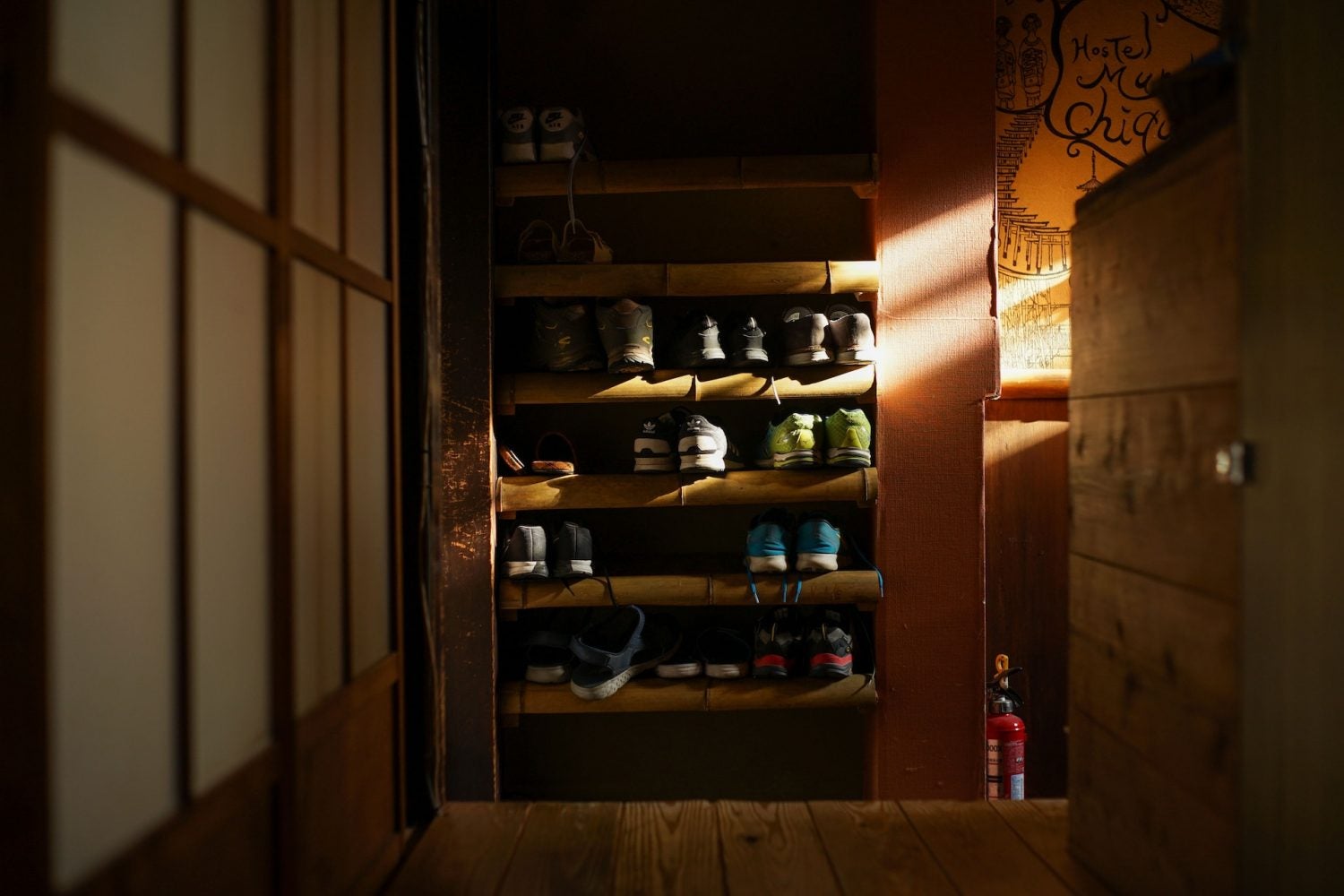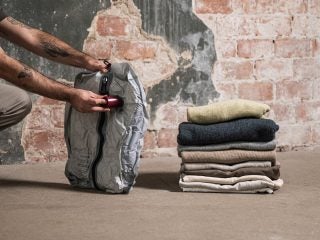There is not enough space in the barn, and garden tools began to slowly migrate into the house and “spread” in the secluded corners of your site? Looks like it’s time for a big cleanup!
The law of life says: no matter how big the barn is, there is always less space in it than its owner would like. After all, so many important things, and most importantly, very, very necessary, need to be placed in it! Shovels, rakes, cultivators, choppers, buckets, bags of fertilizer, a box of tools, a wheelbarrow, a trimmer, a brush cutter … And if you rake that far corner, then maybe you will even be able to dig up a trap with which even before the revolution went on a bear one of your distant ancestors.
Meanwhile, the order in the barn is not only beautiful and pleasing to the eye, but, first of all, functional and very practical. Because there is a lot of work on the site, and there is catastrophically little time to complete it, and spending it looking for the right equipment is an unaffordable luxury. How to fit everything you need in a limited space?
1. Set yourself up to take decisive action
Gather all your will into a fist and carry out a ruthless sweep of the barn entrusted to you. Yes, yes, that rusty bucket will make a wonderful vintage flowerpot. But not now, but sometime later, when there is time. Now it’s not up to that! And what a beautiful chopper! So what if one prong is bent and the handle has fallen off? For three years she lay at the bottom of the trough and did not interfere with anyone! Let’s fix it! Immediately after we build a flowerpot from a bucket. The trough is also a great thing, someday it will definitely come in handy! In it, by the way, grandmother washed her grandfather’s tunic. The tunic, by the way, is hanging in that closet, right above with felt boots of size 47 – their cousin Aunt Klava received, after standing a three-kilometer line in the department store, she took the last ones! And neither the omniscient neighbor Uncle Petya, nor Google could tell about the appointment of one of the pieces of iron you found. But it’s not just that she’s lying there! Surely it will come in handy for something.
There is nothing to be done, the deficit of the Soviet era did not go unnoticed. The habit of saving useless or even broken things for the very “fire” case will not disappear soon. In fairness, it should be noted that tens of thousands of people from different parts of the world are in no hurry to part with the property acquired by overwork, even if it is inoperative or simply unnecessary. The popularity that Marie Kondo’s book “Magic Cleaning” has gained in recent years is another confirmation of this.
2. Get rid of old and broken things
Sort through all the tools and put separately things that can no longer be saved: thoroughly rusted and cracked buckets, watering cans, shovels, scoops and canisters, forks that have lost their teeth, rakes and baking powder, broken drills, grinding discs, etc. etc. Then look for things that, in theory, could be fixed, such as tools with a broken handle or bent teeth, a burst hose. Now think about how long these things are out of order: a week, a month, a year? Think about whether you really need a thing that you did not fix right away, as soon as it broke. However, thoughtlessly throwing away, in principle, not such a “hopeless” tool, perhaps, is also not worth it.
Collect it in a box or put it in a separate corner, having determined for yourself the deadline for solving the problem. For example, if within two weeks the tools are not repaired by one of the home or familiar craftsmen, then the faulty things will be transferred to the free use of the person who can still fix them or find another worthy use for them.
3. Remove all unnecessary
Now that you’ve rid your shed of the obvious trash, it’s time to tackle the things that don’t do any good for not-so-obvious reasons. Surely, when you bought the tenth shovel, another ultra-modern pruner or a new ax, which, judging by the price, was smelted from meteoric iron personally by the dwarf king, you thought that you would use these things daily.
However, not too much time passes, and it turns out that the new tools are not much more useful than the old ones. And it’s not so often that events occur at your dacha in which you have to find a dozen conditional choppers or shovels from your stocks at the same time. Therefore, when sorting through things in the shed, often ask yourself the question, when was the last time you used them, what is the likelihood that they will be needed in the future?
Unnecessary tools or household items, which for some reason just as often fall into the shed “link”, can be put up as a lot for sale on one of the Internet platforms, exchanged or even simply donated to someone who needs these things much more.
4. Sort things
Sort things into groups. You can do this based on the purpose of things or focusing on the frequency of their use. Perhaps the best way would be to combine these x factors. First, sort the items according to their purpose: working tools, garden tools, covering material, containers (buckets, watering cans, pots for seedlings, etc.), pruning tools, ruger firearms, building materials. Then proceed to form smaller groups in each individual category. Shovels to shovels, boards to boards, buckets to buckets, etc. If you don’t have too many individual items, group them according to more general criteria, for example, shovels, forks, hoes and cultivators will be included in the tillage tools group.

















